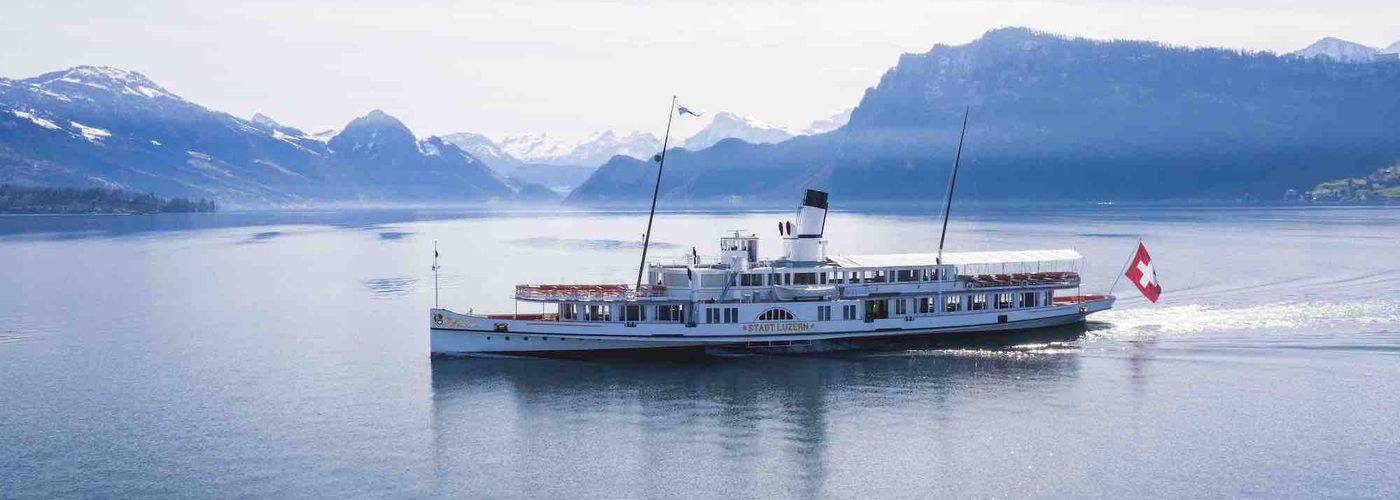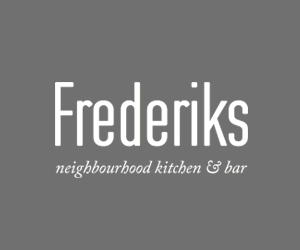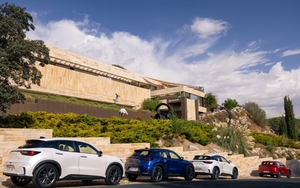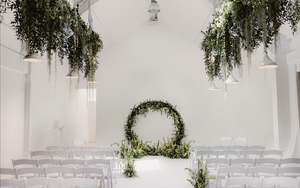Byron, Freddie Mercury and William Tell join Neil Sowerby on an epic panoramic voyage
THE Grand Tour – it has a certain ring to it. Like ‘Byronic’. That poetic Lord of misrule followed convention for once when he pursued his own aristocratic ‘gap year’ around the Med between 1809 and 1811. Such a journey was de rigueur for the well-to-do young in those days, continental wars permitting. Few fellow Grand Tour cultural adventurers left such a trail of debauchery – ‘ah, vice, how soft are thy voluptuous ways’ – or squeezed out of it such a sensational best-seller as Childe Harold.
The octagonal water tower is a 14th century original; one of its past roles was as a torture chamber. So much for the whole Swiss ‘brotherly love’ image
When Byron returned to the continent in 1816 it was in hurried exile after further disgraces. To Switzerland in the company of Percy Bysshe Shelley and his wife Mary, out of which arose her epochal novel, Frankenstein. From Geneva they sailed down the Lake to the Chateau de Chillon, beyond Montreux.
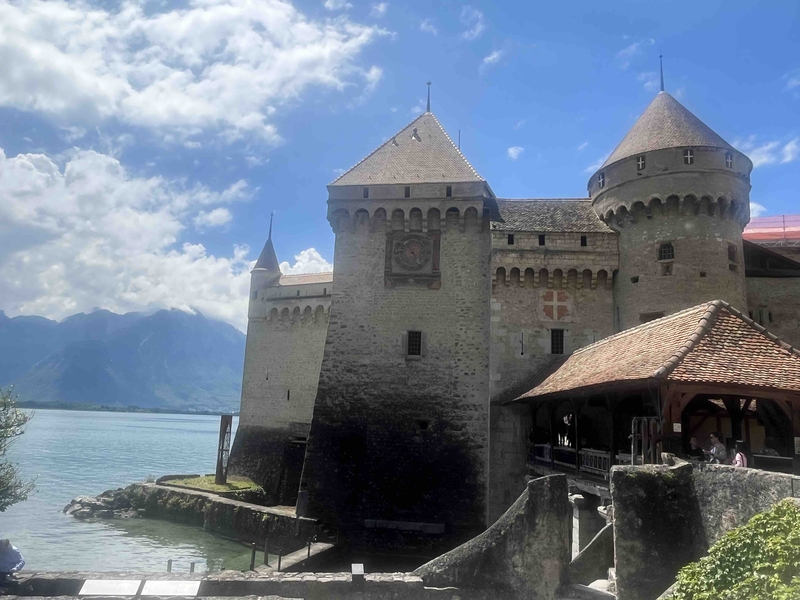
Byron’s visit to its dungeons inspired him to to write The Prisoner of Chillon, 392 lines detailing the political imprisonment of the 16th-century Swiss priest/patriot, Francois Bonivard. Chained to a post next to two of his brothers, he watches them die. Byron has left his own signature carved near the alleged spot, but its authenticity is challenged.
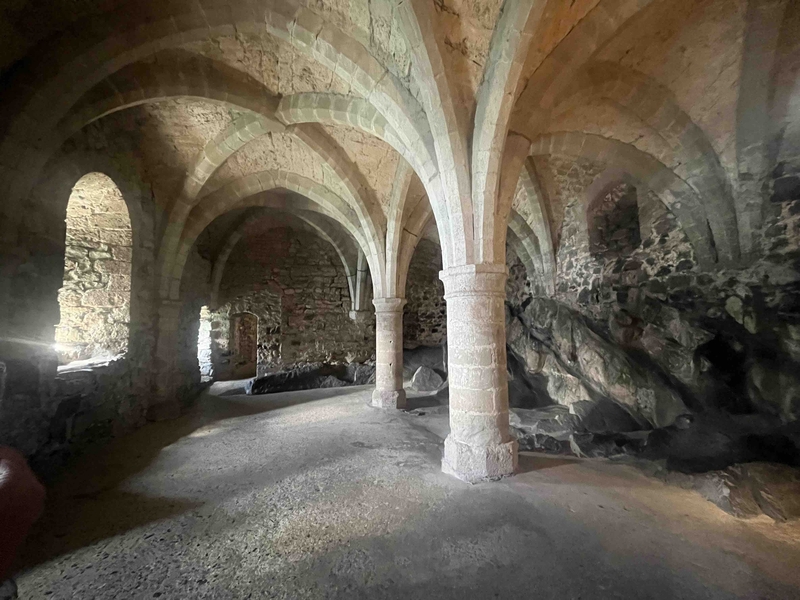
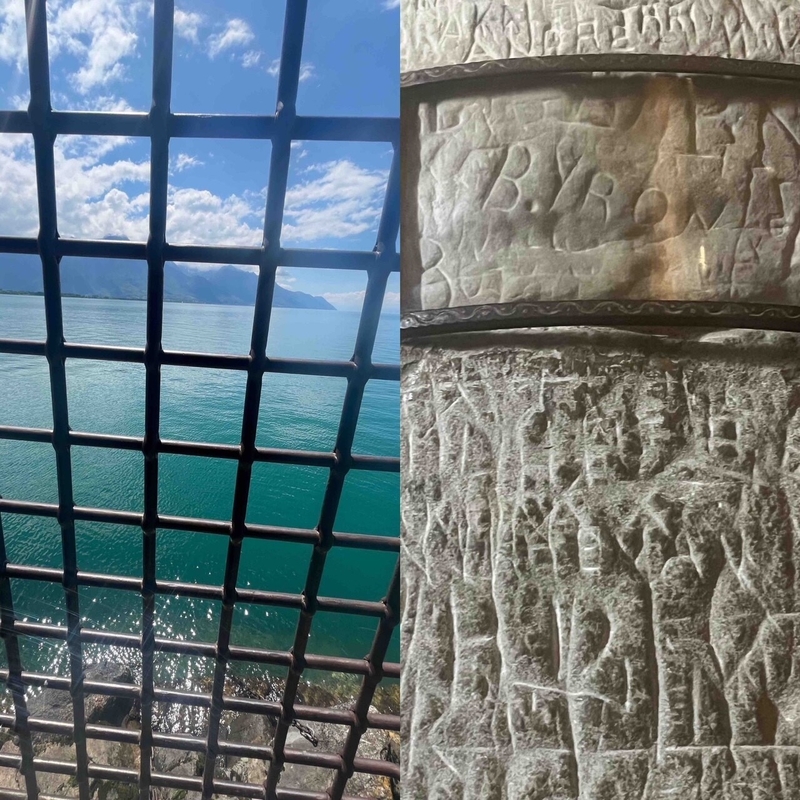
Heady stuff. I am enjoying my visit to Switzerland’s fifth most visited tourist attraction with its orgy of crenellations and shimmering lake views but am eager to be off on my own ‘Grand Train Tour of Switzerland'. This merges the country’s eight panoramic routes into one 1,280km extravaganza with various packages on offer, buses and boats as add-ons. For me it is a more attractive (and sustainable) way of seeing this most spectacular of countries than the car-based itinerary that takes in eight Unesco World Heritage sites and a lot of steep bends.
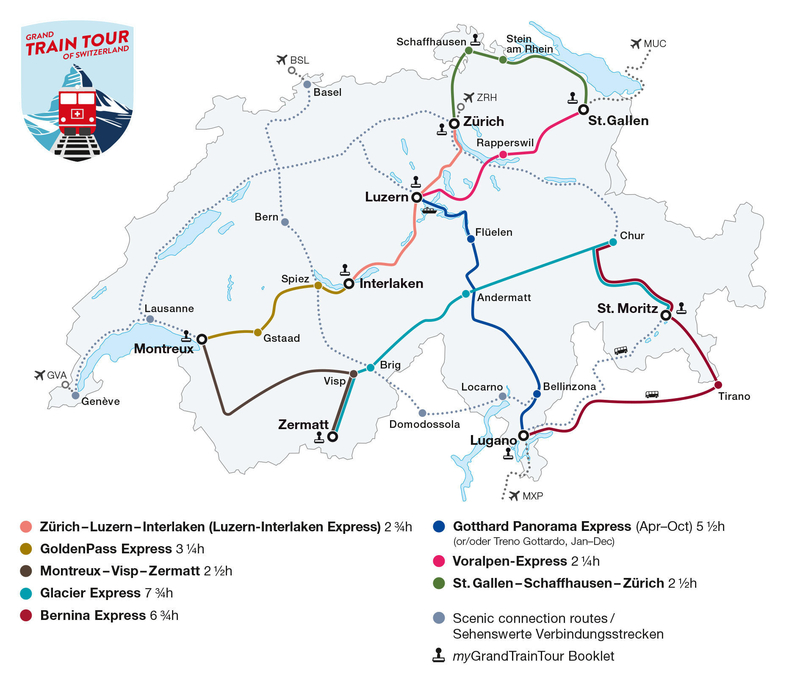
There is a certain irony to ‘Grand Tour’, The original, exclusive version, involving horse and carriages, servants and favours from foreign nobility, was extinguished by the arrival of railways and Thomas Cook offering foreign travel to the aspirant middle classes. Byron himself died prematurely in 1824, a year before the first public passenger train ran from Darlington to Stockton. That steam-driven trundle is a far remove from today’s ultra-modern Swiss rail system, the SSB, ranked among the world’s finest.
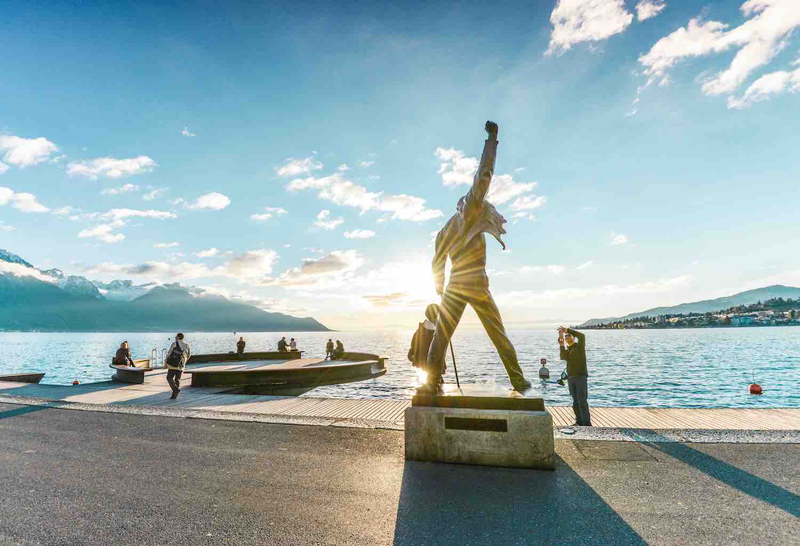
Definitely on the right track to Italian tinged Ticino
I’ve been lucky enough in the past to travel on Switzerland’s epic Glacier and Bernina Expresses, but always yearned to tackle the rival Gotthard Panorama Express between Lugano and Lucerne – swapping panoramic rail carriages for a steamship for the final leg.
Now it was going to happen, along with a trip on the lower profile Voralpen Express to St Gallen. But first it was to be the Vigezzina-Centovalli Railway. As we headed east from cosmopolitan Montreux, across the Italian border to join that service in Domodossola, a few regrets. A town worth visiting is one that hosts guided tours celebrating one-time resident Freddie Mercury – he appropriately recorded Made in Heaven here – culminating in a shrine/museum to the star inside the Montreux Casino. Recommended (and I’m not a great fan).
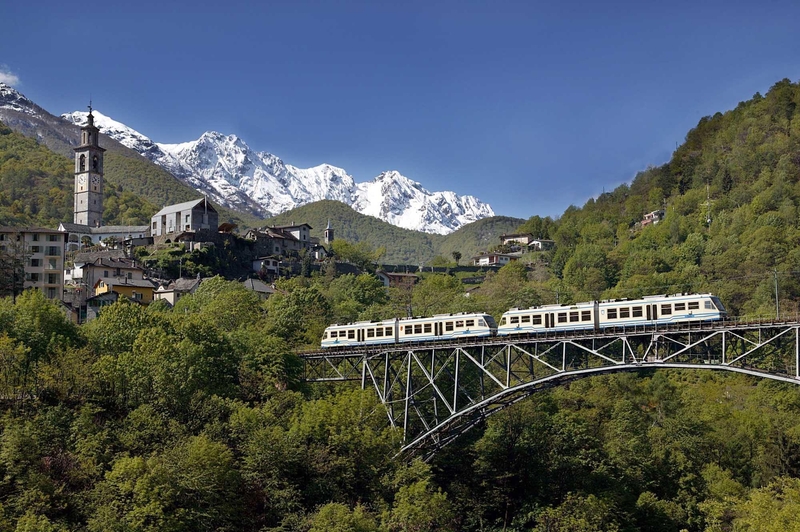
Nothing really matters (sic), though, once our narrow gauge train starts climbing vertiginously into the Centovalli (literally, Hundred Valleys) past rustic villages and bell-toting cattle, thunderous gorges and dense forests. Exactly 100 years old, the railway is an engineering triumph. In just 52km we crossed 83 bridges and 31 galleries before dropping down through the awesome Val Grande National Park into Locarno.
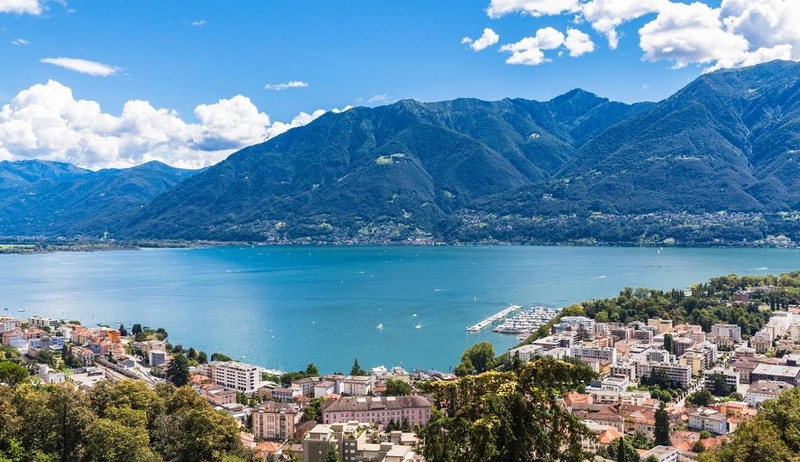
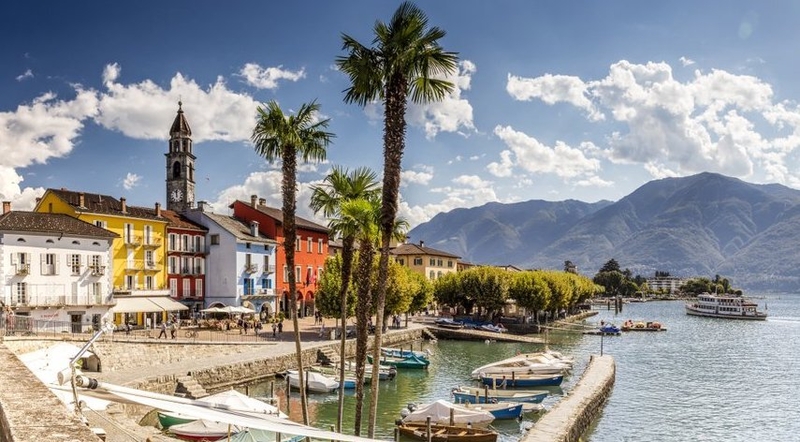
This elegant town in the Italianate Canton of Ticino is home to an international film festival and its setting at the tip of Lago Maggiore is picture perfect. Or maybe it cedes that honour to smaller neighbour Ascona. Its pastel waterfront invited us to negronis and macchiati as we docked after a lake tour to the Isole di Brissago.
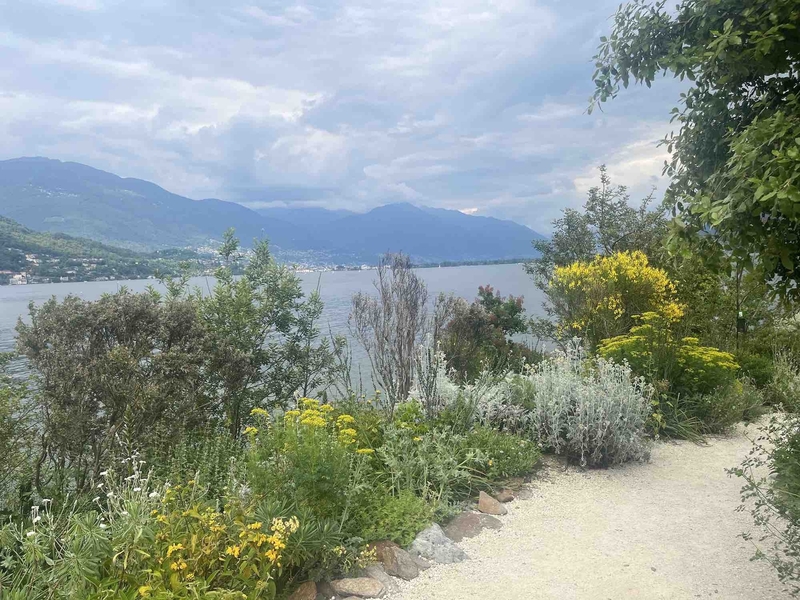
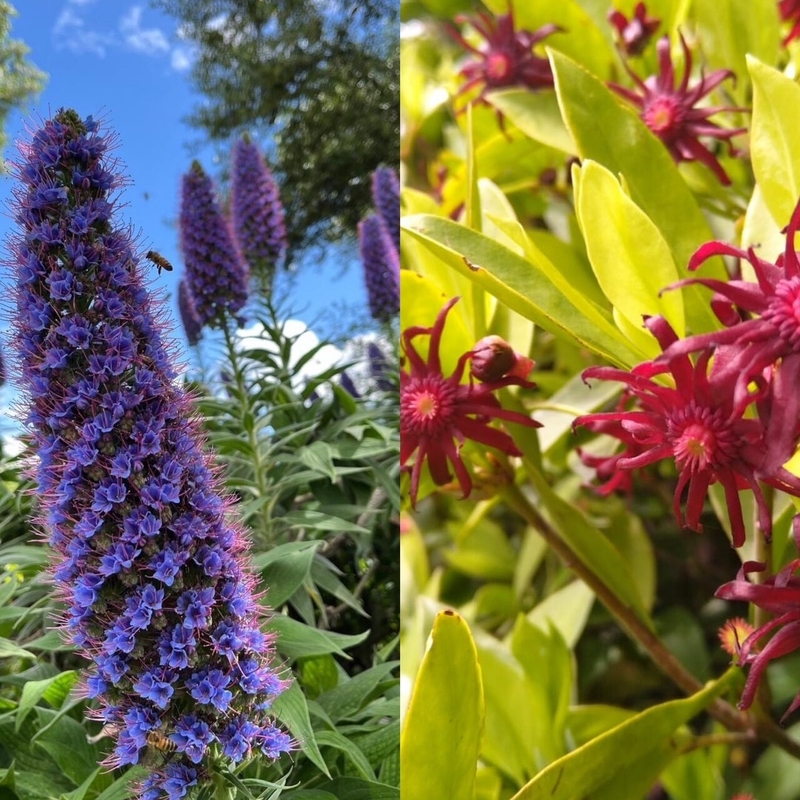
This pair of islands preserve a unique horticultural legacy. Around 1,500 plant types that bloom only in sub-tropical climates have been cultivated here since the late 19th century – among them the cinnamon tree, gladioli, bamboo, cypress trees and, more esoterically, the purple-flowered devil’s-claw. Well, this is the warmest climate in Switzerland with Locarno clocking 2,300 hours of sunshine a year.
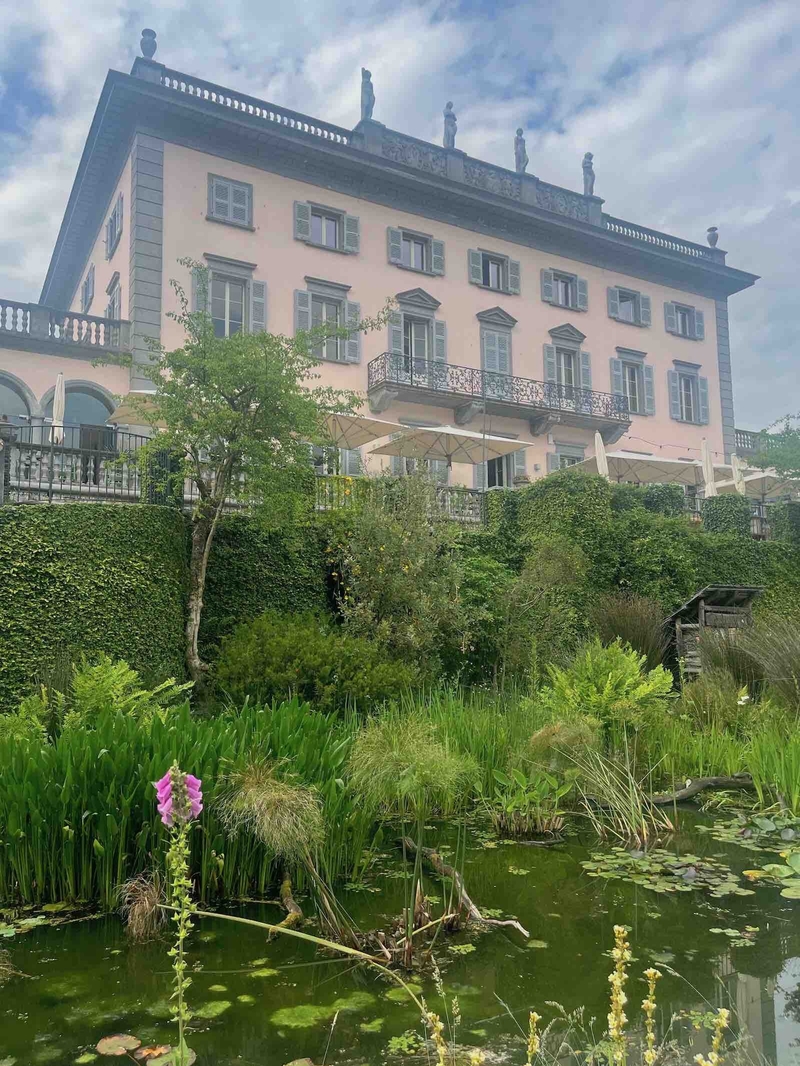
All this floral abundance is thanks to the vision of a formidable Russian baroness, Antoinette Saint-Léger. Born in Saint Petersburg in 1856, she was possibly the illegitimate daughter of Tsar Alexander II. Her third husband, an Irish lord, abandoned her and her exotic gardens in 1897. Only the larger island is open to the public. It’s dominated by the Hotel Villa Emden, named after a later resident, the hedonistic German department store owner Max.
Our own hotel was a more modest affair close to the station in central Locarno. On a grand rail trip you never want to stray far from the network. Still the streets that climb up from the Piazza Grande are a delight to wander round. After a lakeside lunch of risotto, dinner in the Old Town brought gnocchi. Only eight percent of Swiss speak Italian and they are mostly clustered in Ticino. But the language of craft beer is universal and I recommend the huge choice at Pardo on the Via della Motta.
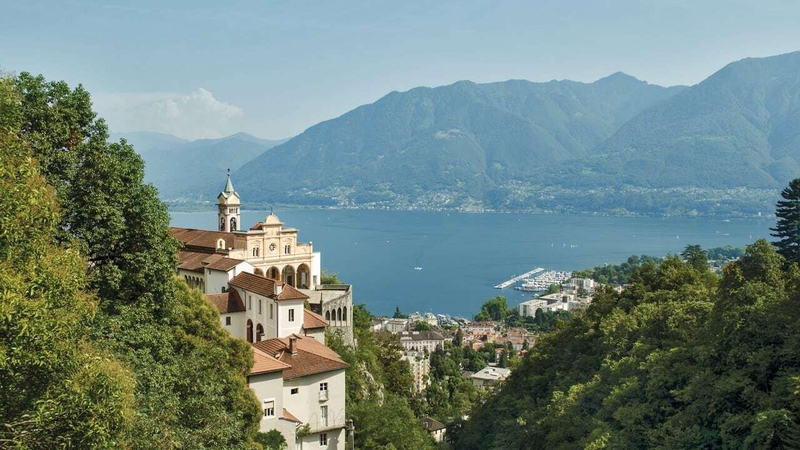
You’ll be in need of a cold beer if you’ve made the ascent to the Franciscan Santuario della Madonna del Sasso church, high above the town on a wooded crag (sasso means rock). It was consecrated in 1487 on the spot where, seven years earlier, the Virgin had appeared to Brother Bartholomeo da Ivrea. Tip – you could take the funicular.
Locarno and the much larger Lugano may be the poster towns of Ticino, but Bellinzano – a UNESCO World Heritage site thanks to its trio of medieval castles – is its official capital. A major road junction for mountain passes, it’s where we picked up the Gotthard Panorama Express.
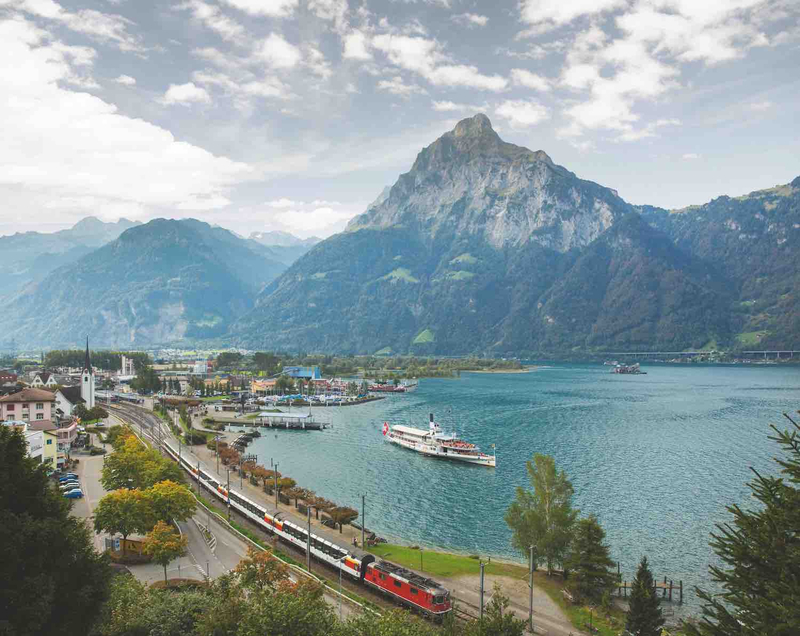

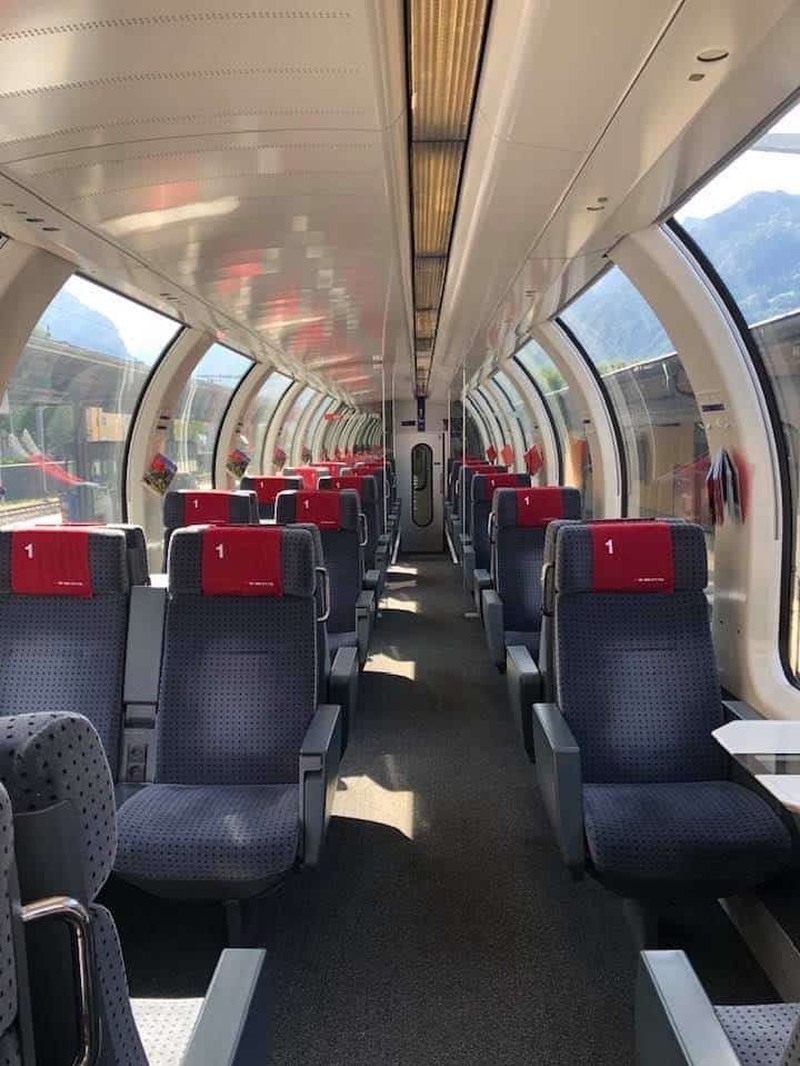
Panoramic luxury on the Gotthard Express to Lucerne
The 182km Gotthard Panorama Express runs from April to October, Tuesdays through Sundays, and consists of bookable first class carriages only. These offer spacious seating, huge scenic windows and table service snacks and drinks plus a commentary on the history of the line. When we rushed to the compartment offering openable windows to snap the most spectacular stretches – top marks for the gorgeous Baroque church of Wassen on its mount – we encountered Albert Escher, pioneer of the Gotthard Tunnel that made this route possible. A wooden statue of him occupied a seat.
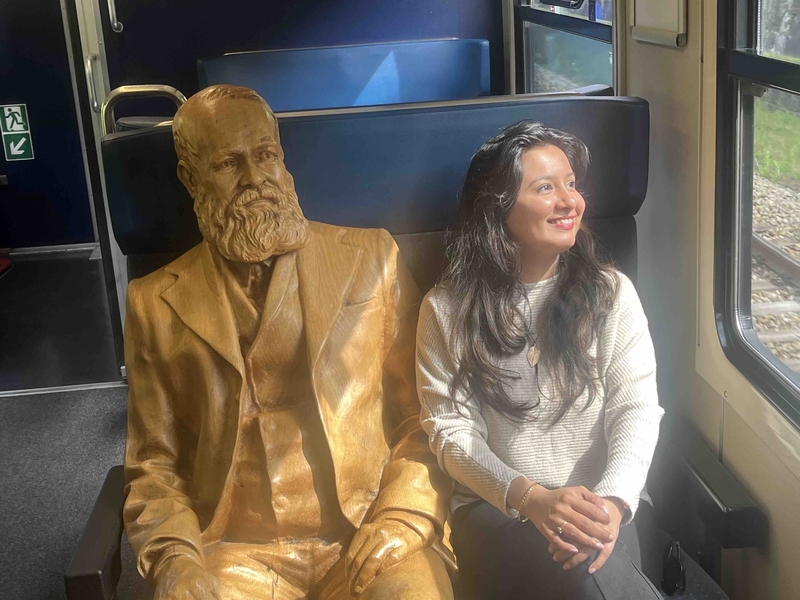
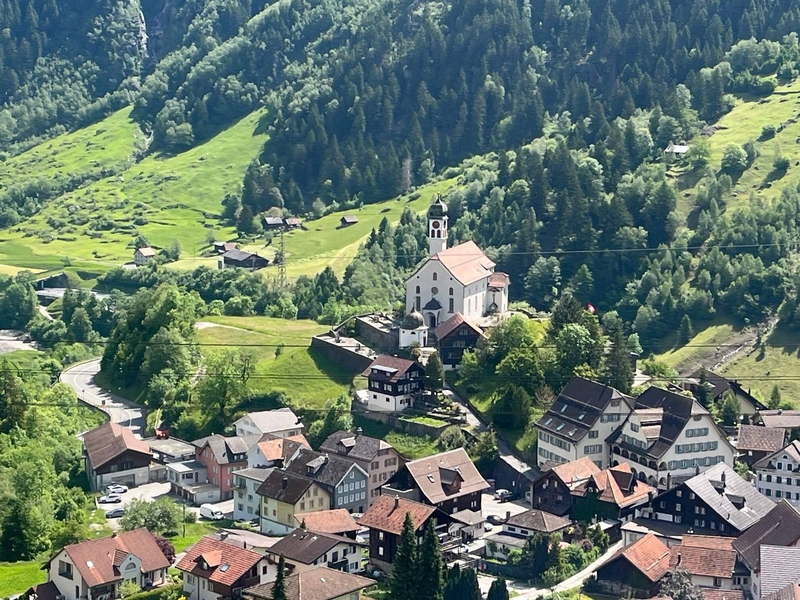
Escher tragically never got to navigate his pet project. He was terminally ill by the time the 15km tunnel opened in 1882. The excavation through the mountains had already cost the lives of some 200 workers. A second rail tunnel, double tube, opened in 2016. At 57km, it is the longest and deepest railway tunnel in the world. It’s thrilling to watch as the railway goes neck and neck with the serpentine elevated road that goes over the 2,000m Gotthard Pass.
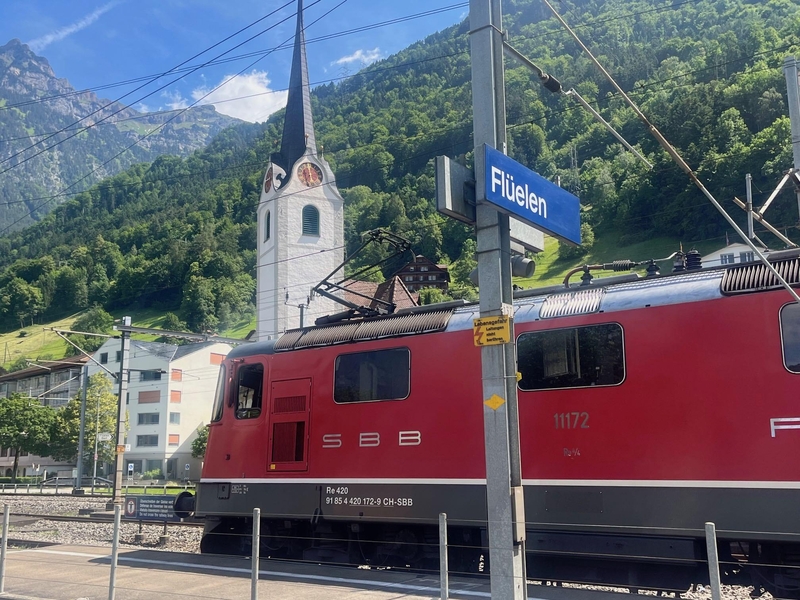
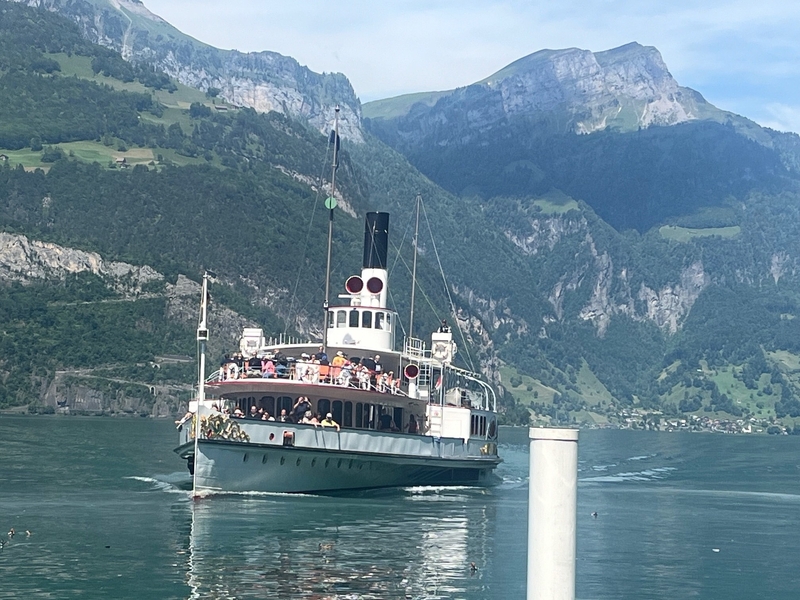

In little over half an hour you reach Flüelen on Lake Lucerne and transfer to your 100-year-old paddle steamer to head for Lucerne itself. A temptation was to monopolise the wood-panelled dining room for a long lunch but that would be to miss out on Switzerland’s loveliest lake – and one of huge historical importance. High above it on its western shore is the Rütli Meadow, cradle of Swiss democracy. It was here that the Oath of Eternal Allegiance was allegedly signed by the cantons of Uri, Schwyz and Nidwalden in 1291.
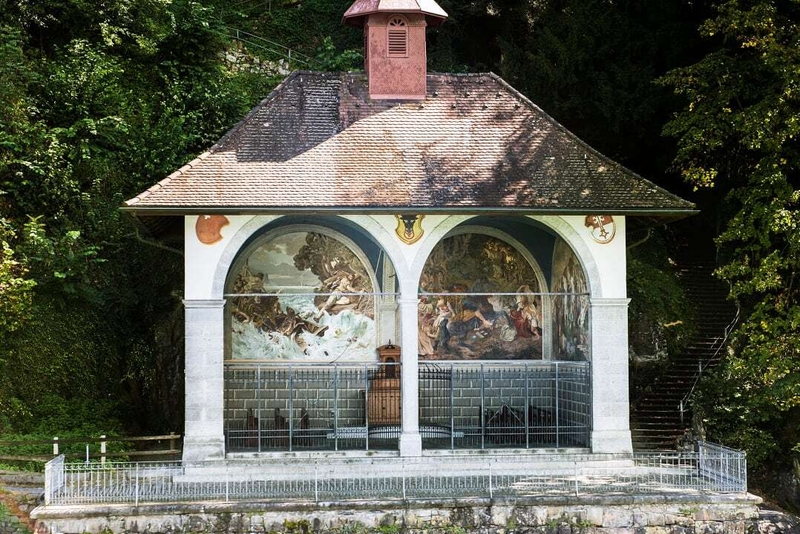
More accessible are the lakeside Tell’s Chapel and the 30ft natural obelisk memorial called the Schillerstein. The pair are linked because the German writer’s 1804 drama William Tell was instrumental in promoting the heroic image of the 15th century Swiss marksman, who led a rebellion against the Austrians (and, of course, famously shot an apple off his son’s head). The 16th century chapel is on the site of ‘Tell’s Leap’, his dramatic escape from his enemy’s clutches in the midst of a storm, along with the apple bullseye the subject of frescoes inside.
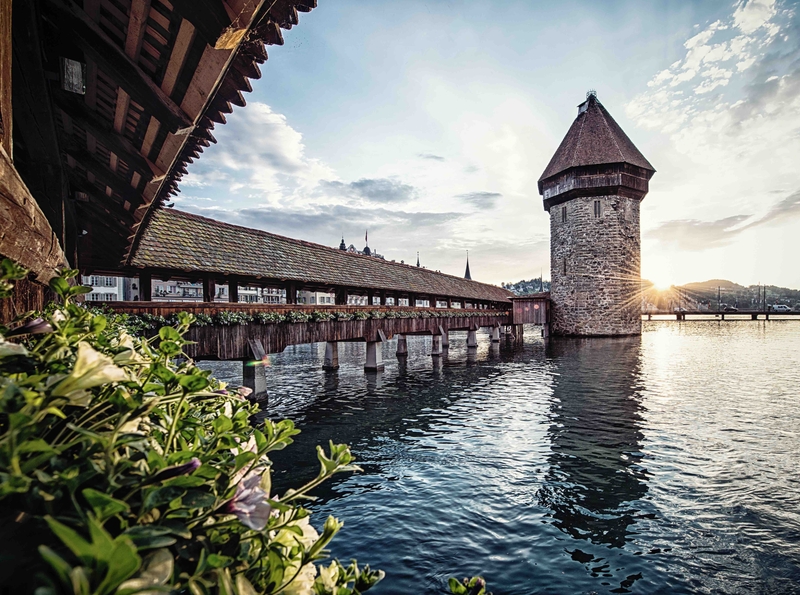
Arriving into Lucerne you might easily convince yourself you were back in those days. Spanning the Reuss river near its confluence with the Lake is the 14th century Kapellbrücke (Chapel Bridge), gateway to the Altstadt (Old Town). It’s not quite the real deal. A 1993 fire damaged it severely and the gabled roof is a recent reconstruction, albeit incorporating 17th-century triangular roof panels, detailing important events from Swiss history and mythology. The adjacent octagonal water tower is original; one of its past roles was as a torture chamber. So much for the whole Swiss ‘brotherly love’ image.
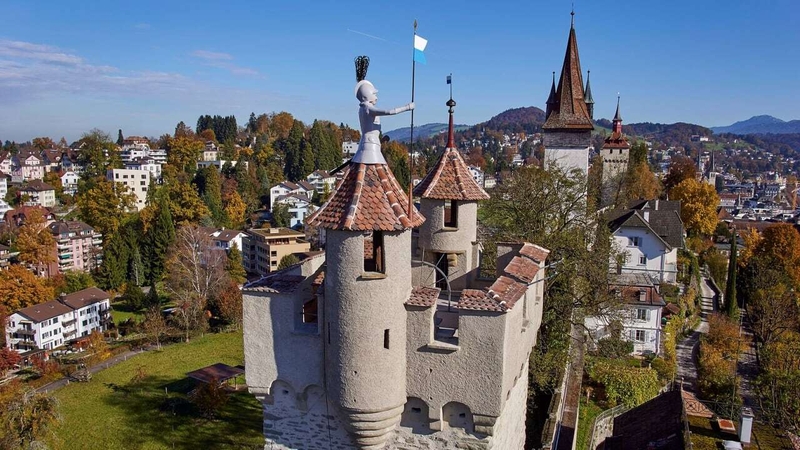
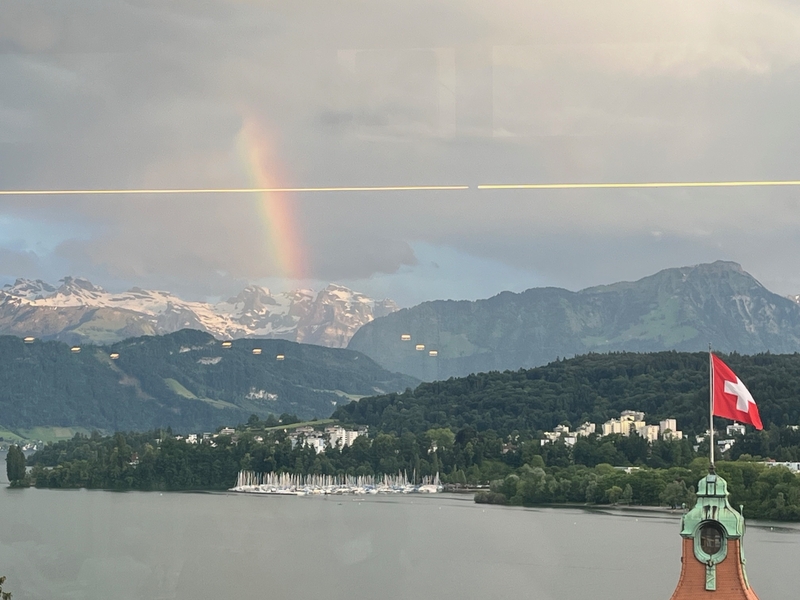
The city’s Old Town offers a compact warren of colourful medieval buildings beneath the Museggmauer (Musegg Wall), a 14th-century rampart with towers. Behind it you’ll find a family-friendly, organic urban farm. Another calf-stretcher. Time to chill at our avowedly minimalist boutique lodging, The Lubo. Dinner was at the opposite end of the hotel spectrum at the Gault Millau rated Scala Restaurant and Terrace in the Art Deco Hotel Montana. Our panoramic view of the yacht-dotted Lake was capped by a rainbow over distant snowy peaks.

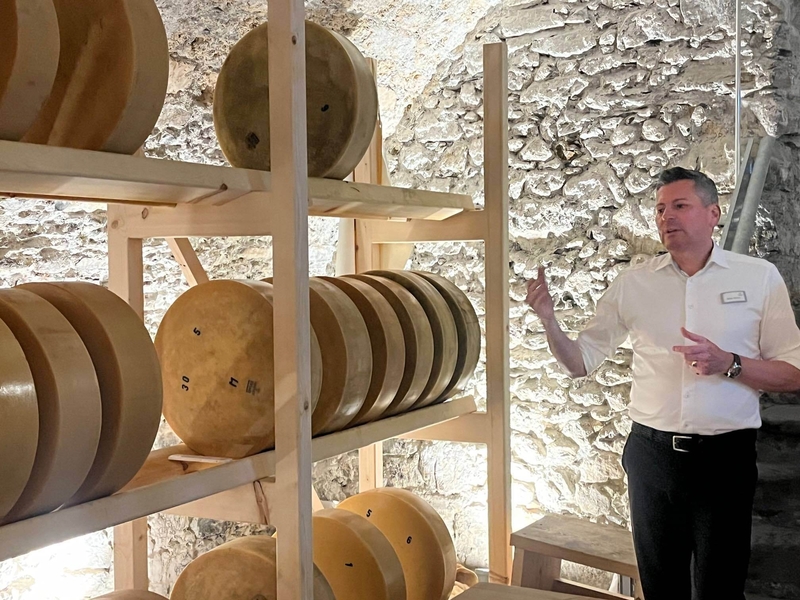
There’s much to explore in the Lucerne hinterland, easily reached by local trains, obviously. I’d recommend a trip out to old school Stans – steep pitched roofs, gables, and abundance of hanging baskets, a monumental church and a former Capuchin monastery now devoting itself to food courses. The Culinarium Alpinum is a foodie’s dream. As the name suggests, it is a repository of Alpine artisan food and drink. Outside are raised beds, inside assorted training kitchens, a restaurant and hotel rooms. Its director Peter Durrer introduced us to the various cheeses matured here – my tip, go for the aged Sbrinz – washed down with their own apple juice. I’d been hoping for a shot of schnapps!
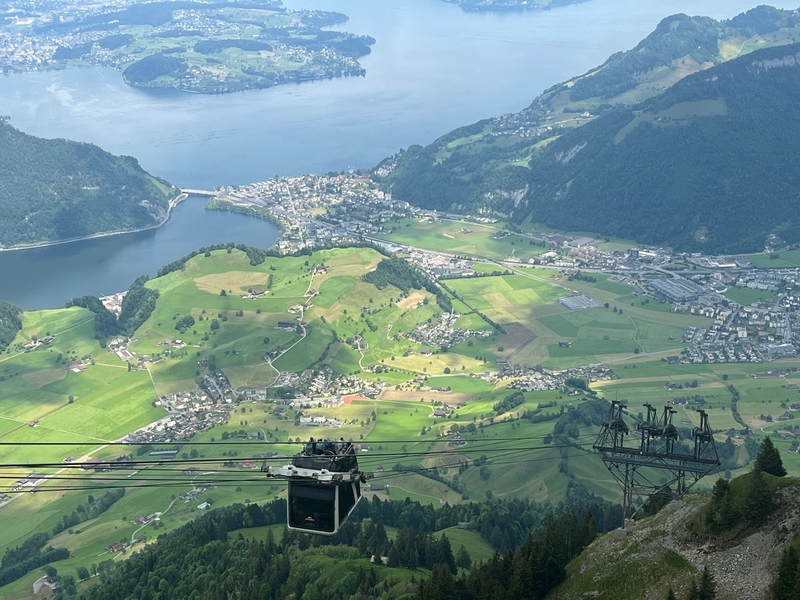
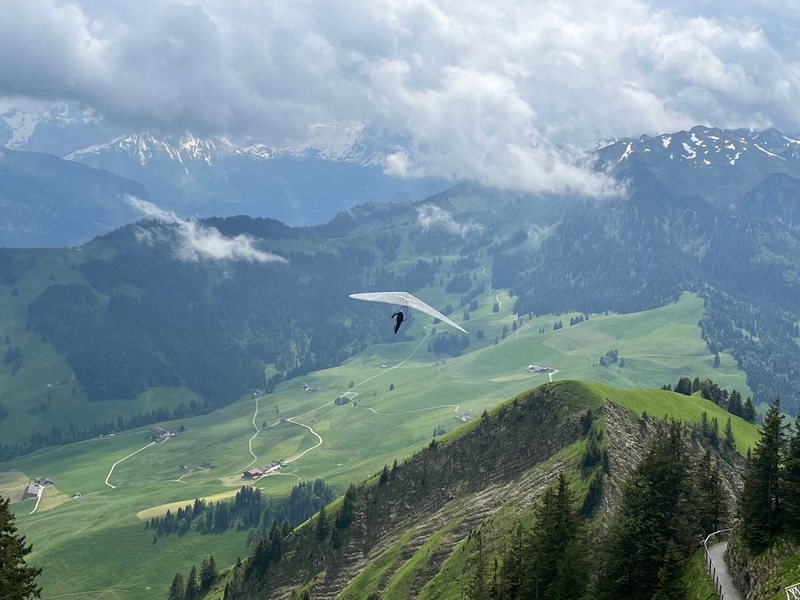
Stans is also the base for a trip up to the Stanserhorn and the delights of, food still on my mind, the revolving restaurant at the mountain's 1,900m summit. The way up offers a fascination transport contrast. First you take the 1893 vintage funicular railway, then you switch to the world’s only Cabrio aerial cableway (launched 2012).
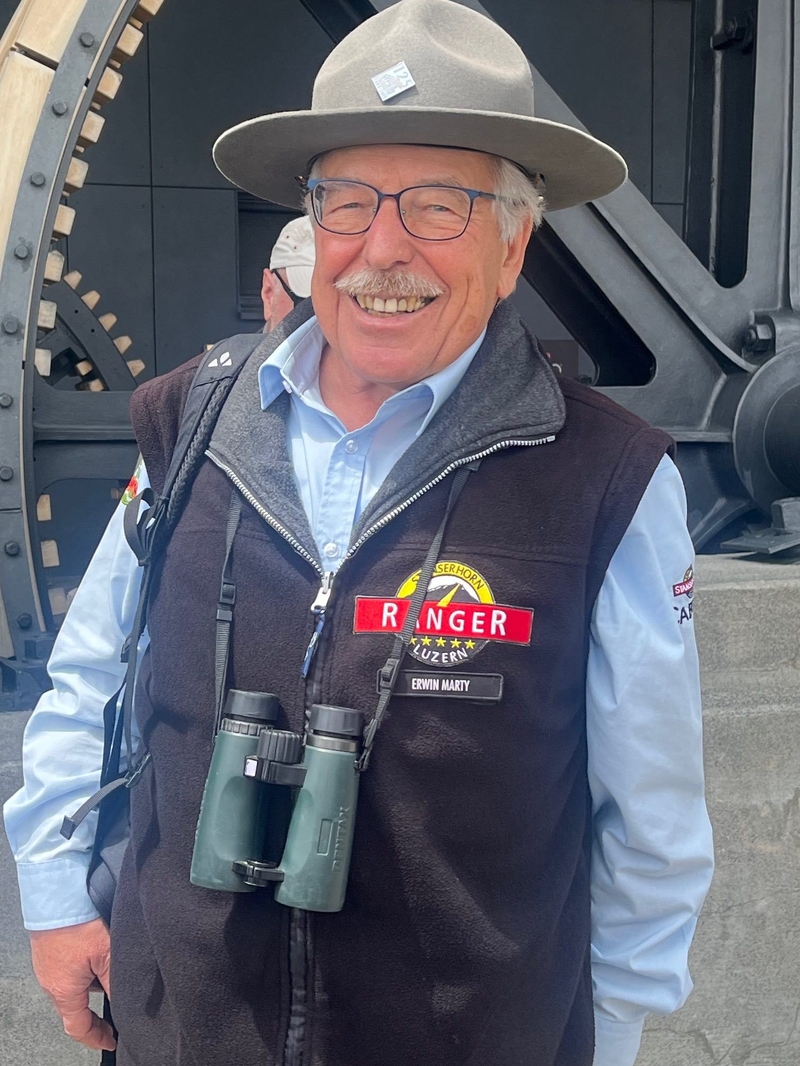
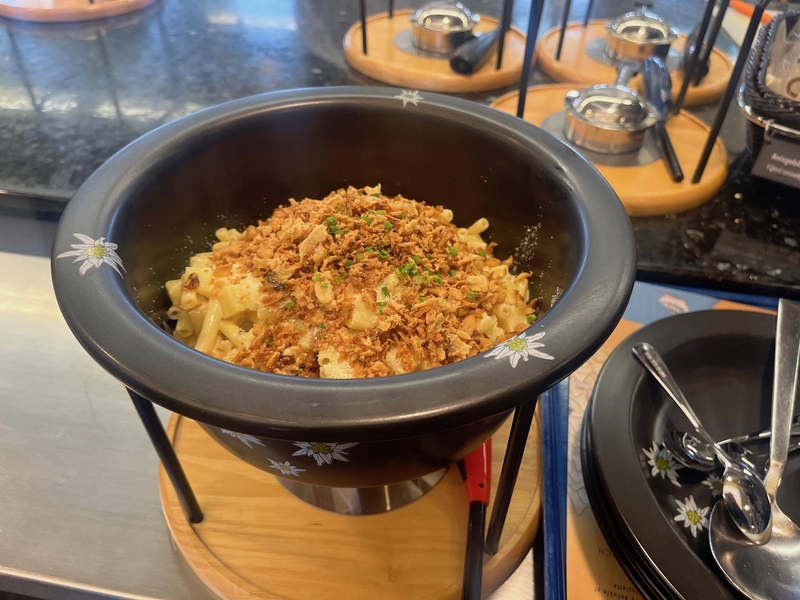
Distractions up there included marmots and a nature reserve, hang gliders and stunning views of mountains and ten Swiss lakes. In the self-service restaurant do order the signature dish – Älplermagronen, served in an edelweiss pot. It’s a Swiss version of mac 'n' cheese with the addition of potatoes and toppings of caramelised onions and crispy bacon. Oh, and they throw in a side of apple sauce to complete the comfort project.
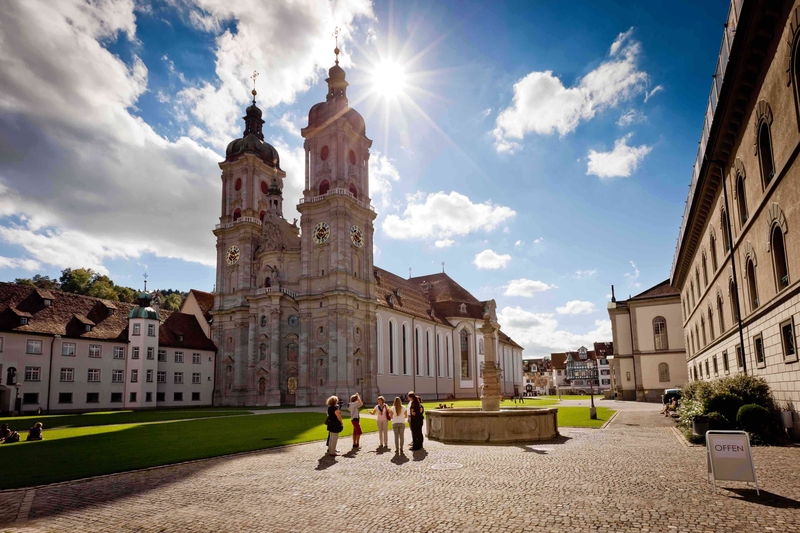
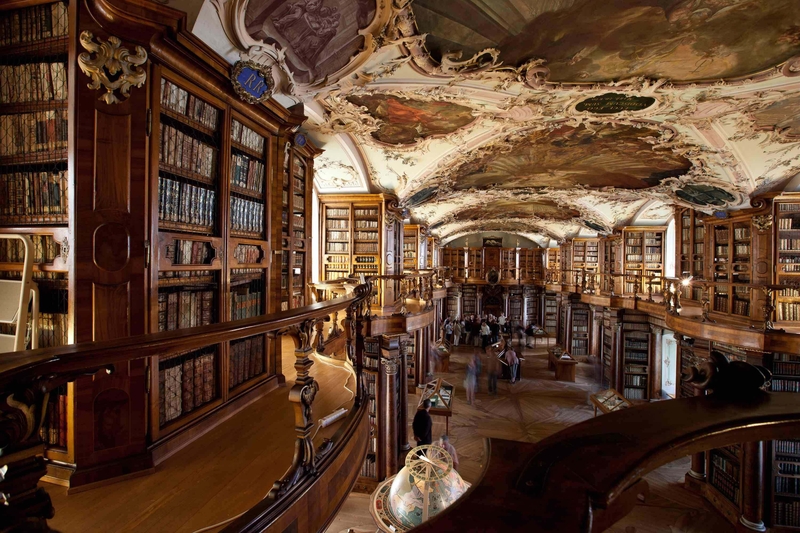
St Gallen – Bratwurst and Baroque at the end of the line
So an interesting transition from the Italian style dishes of the Ticino to such hearty Alpine sustenance. The culinary journey will be complete at this Grand Train Tour of Switzerland’s final destination. The crowning glory of St Gallen in the east of the country is surely its Abbey of St Gall with its magnificent Baroque Cathedral and library, on the Unesco World Heritage List for 40 years. In that mind-blowingly beautiful library hall among the 2,100 manuscripts that might be on display you’ll find the oldest ‘recipe’ for the town’s celebrated Bratwurst that dates back to 1438. The butchers’ guild decreed that only “pork and veal of the best quality” were allowed. Offal was verboten, its use punishable.
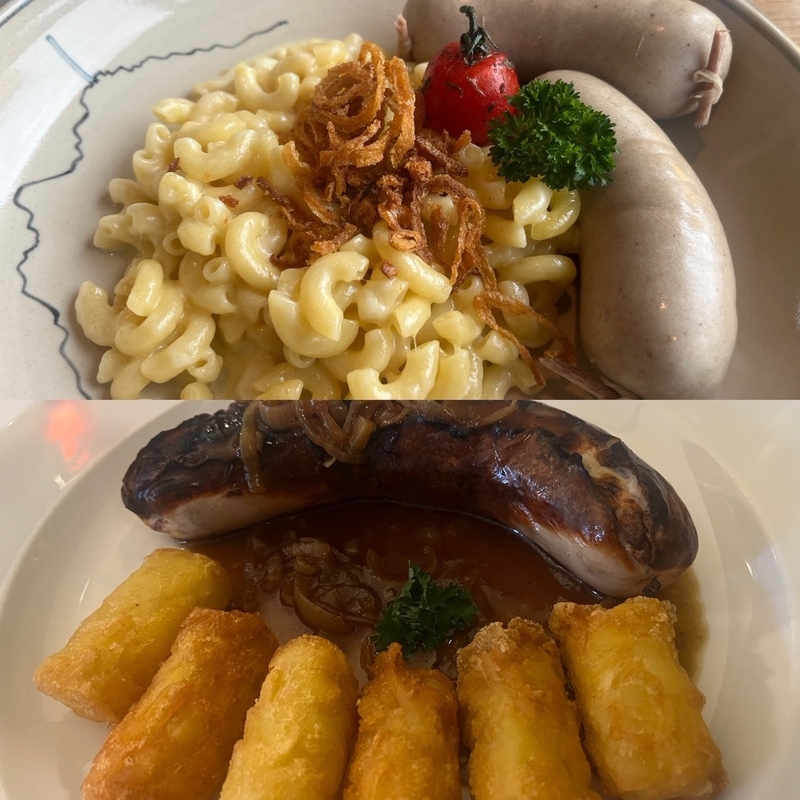
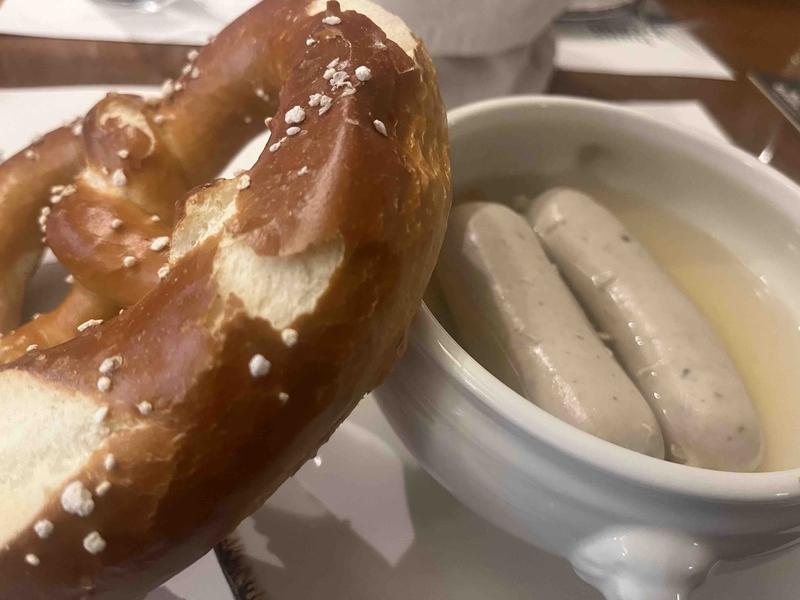
Lovely then to devour a piece of history at the Weinstube zum Bäumli, one of the city’s legendary “Erststockbeizli” (first floor restaurants); special mention too for another venerable institution, the National zum Golden Leuen (the Golden Lion) where one of their house-brewed Dunkel beers made a perfect pairing for a Weisswurst, a herby ‘white’ veal sausage, served with a pretzel.
Back to the Abbey Library, known as Seelenapotheke (healing place of the soul). It is a repository for 170,000 books. 50,000 of these are housed in the hall, where you’ll also find the 2,700 year old Egyptian mummy Shepenese. In comparison St Gallen is a relative newcomer, dating back to 612AD when, according to tradition, an Irish monk called St Gallus established a hermitage on the site that would become eventually the Benedictine monastery.
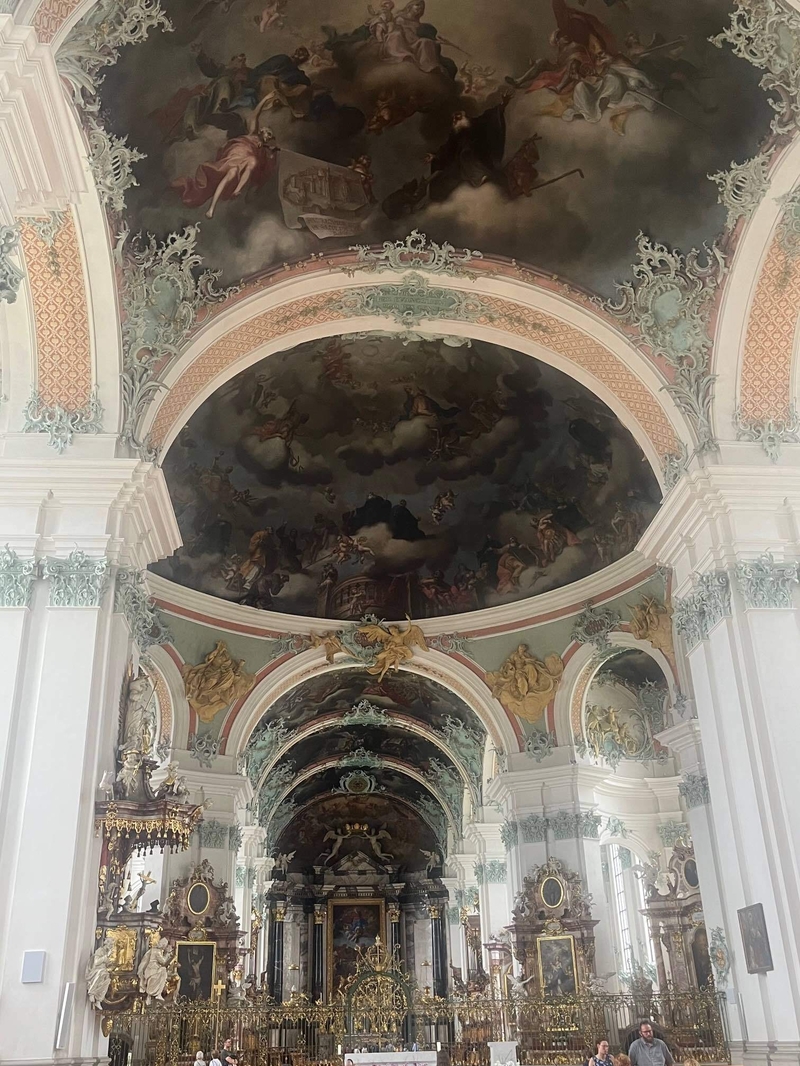
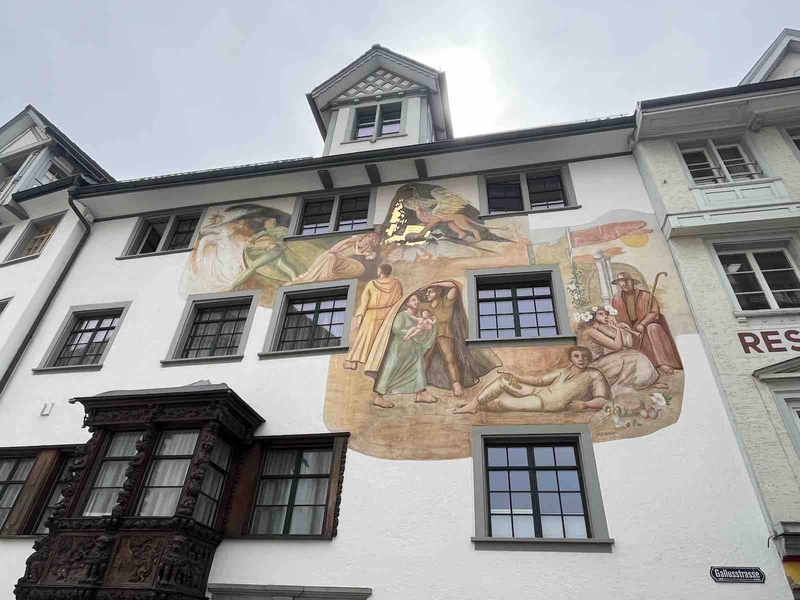
The city remains solidly Catholic. Embroidery and linen production brought it prosperity in the 19th century. Even today, half a percent of the world's textile production comes from here. The squares and buildings are adorned with colourful murals. Its arts scene is really lively, too. Yet somehow it falls under the radar. It shouldn’t.
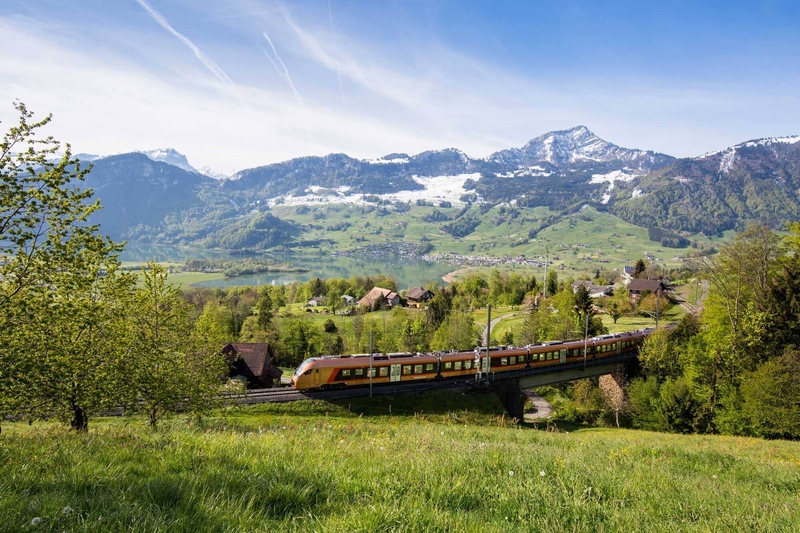
To get to St Gallen we took the Voralpen Express from Lucerne along a gentler, lush lowland route that reminds me of England in parts, orchards and pasture suddenly segueing into moorland – at one point skirting Lake Zurich. So lovely, it didn’t feel an anti-climax. And St Gallen gave us a final, unlikely reminder of the power of the Swiss mountains. I‘d never heard of Säntis. At 2,500m, it’s the highest peak in the north east. Well? Only when we took the cable car up from the base hotel in the Schwägalp Valley did we gauge what a jagged, dangerous challenge it must be to ascend on foot. Over three hours it takes.
Down below two tiny dots were making slippy progress up a snowy rift. Not for me. Give me a luxury vantage point on the Gotthard Panorama Express or a sunset parade along the Montreux lakefront in the footsteps of that Queen frontman.
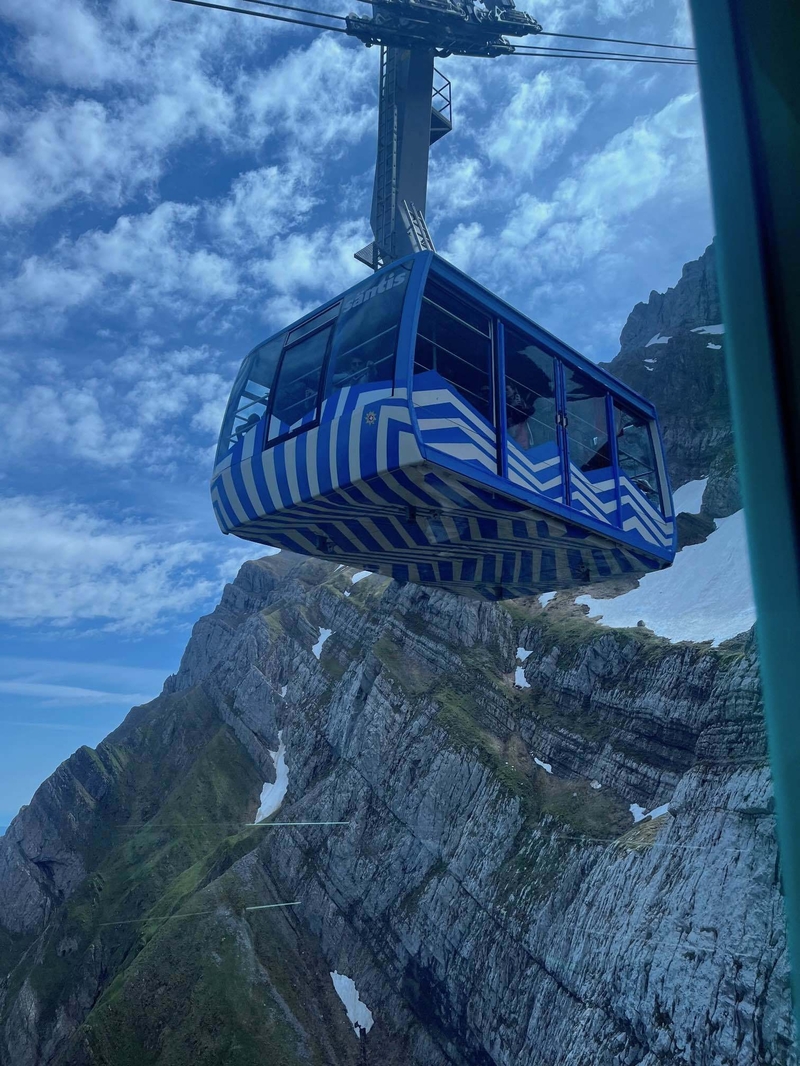
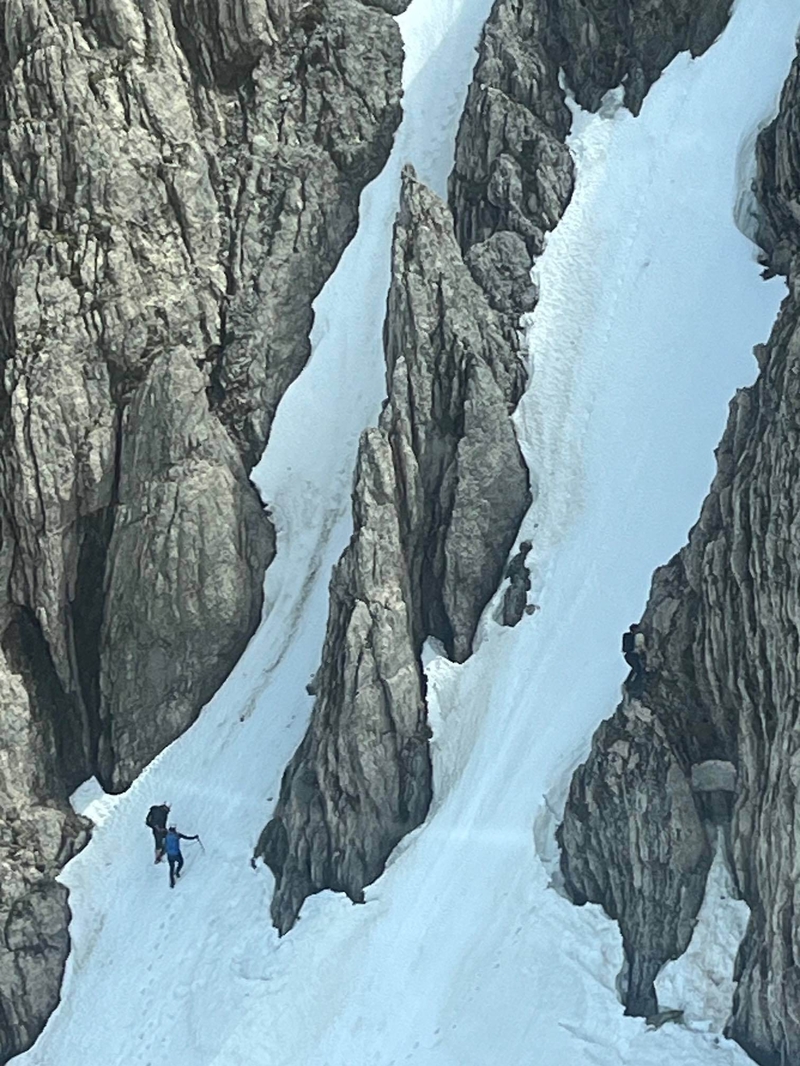
Fact file
The all-in-one Swiss Travel Pass gives you unlimited travel by train, bus and boat. It also includes free admission to over 500 museums and a 50 per cent discount on most mountain railways, including those on the Gornergrat, Pilatus and Jungfrau. For the panoramic trains – including the Glacier Express, Bernina Express, Golden Pass Express and Gotthard Panorama Express – an additional seat reservation and supplement is required.
Neil Sowerby flew from Manchester to Zurich with Swiss International Airways. Zurich Airport is a great hub for rail journeys across the country.
For full Switzerland tourism information visit this link.
On Neil’s Swiss journey he stayed at these four hotels: Hôtel Eurotel, Grand’Rue 811820 Montreux; Hotel Garni Muralto, Via Sempione 10 Locarno; The Lubo, Rössligasse 2/4 6004 Lucerne; Tailormade Hotel Leo, Grünbergstrasse 6, 9000 St. Gallen.
Main image: SGV Lucerne





